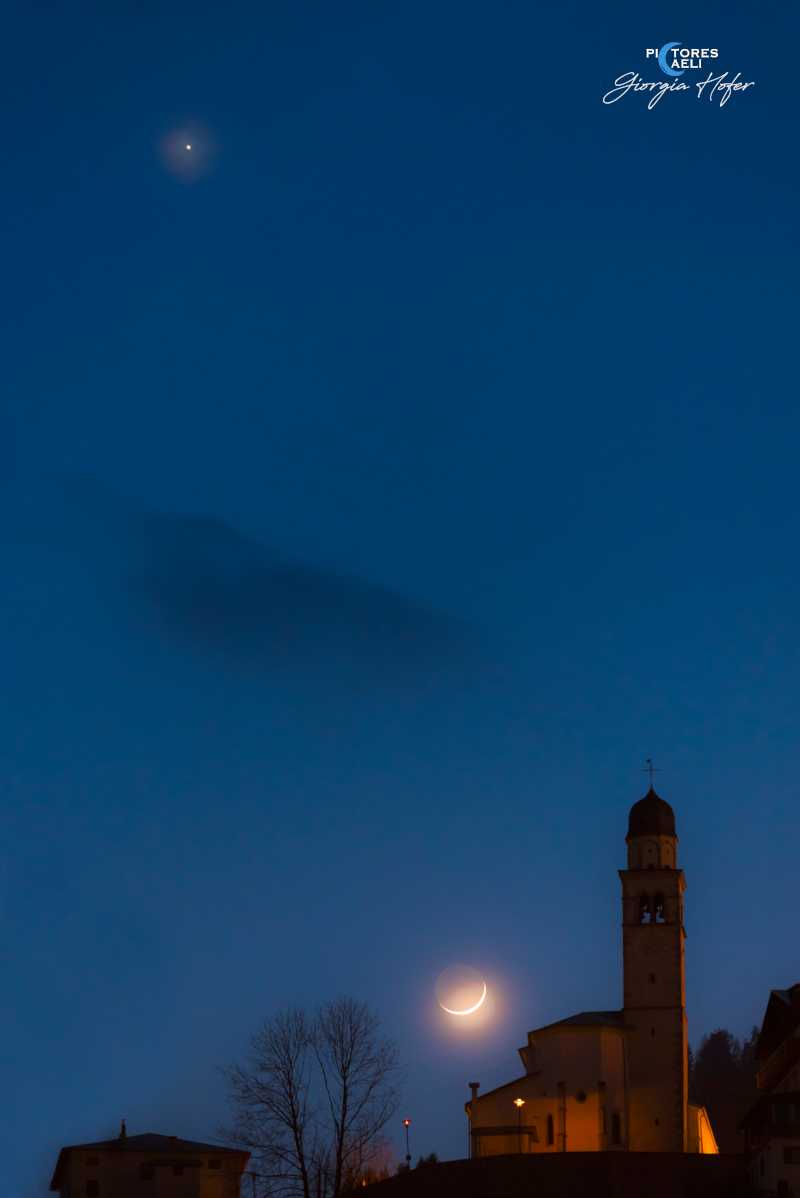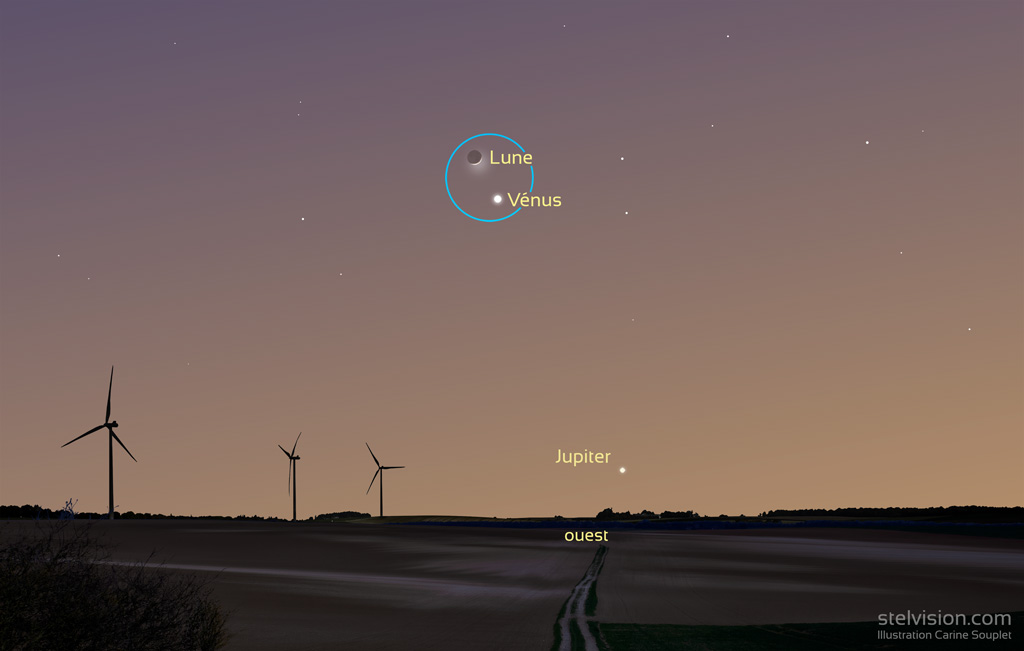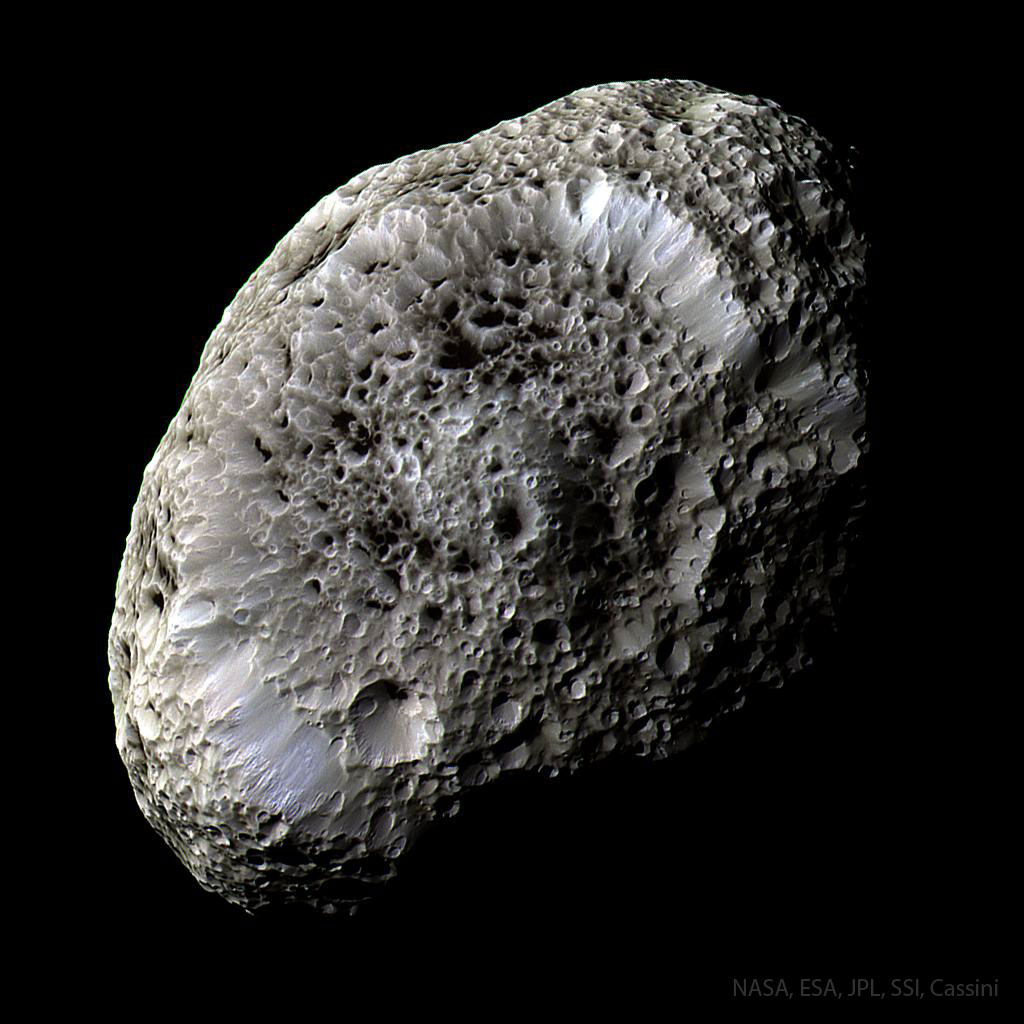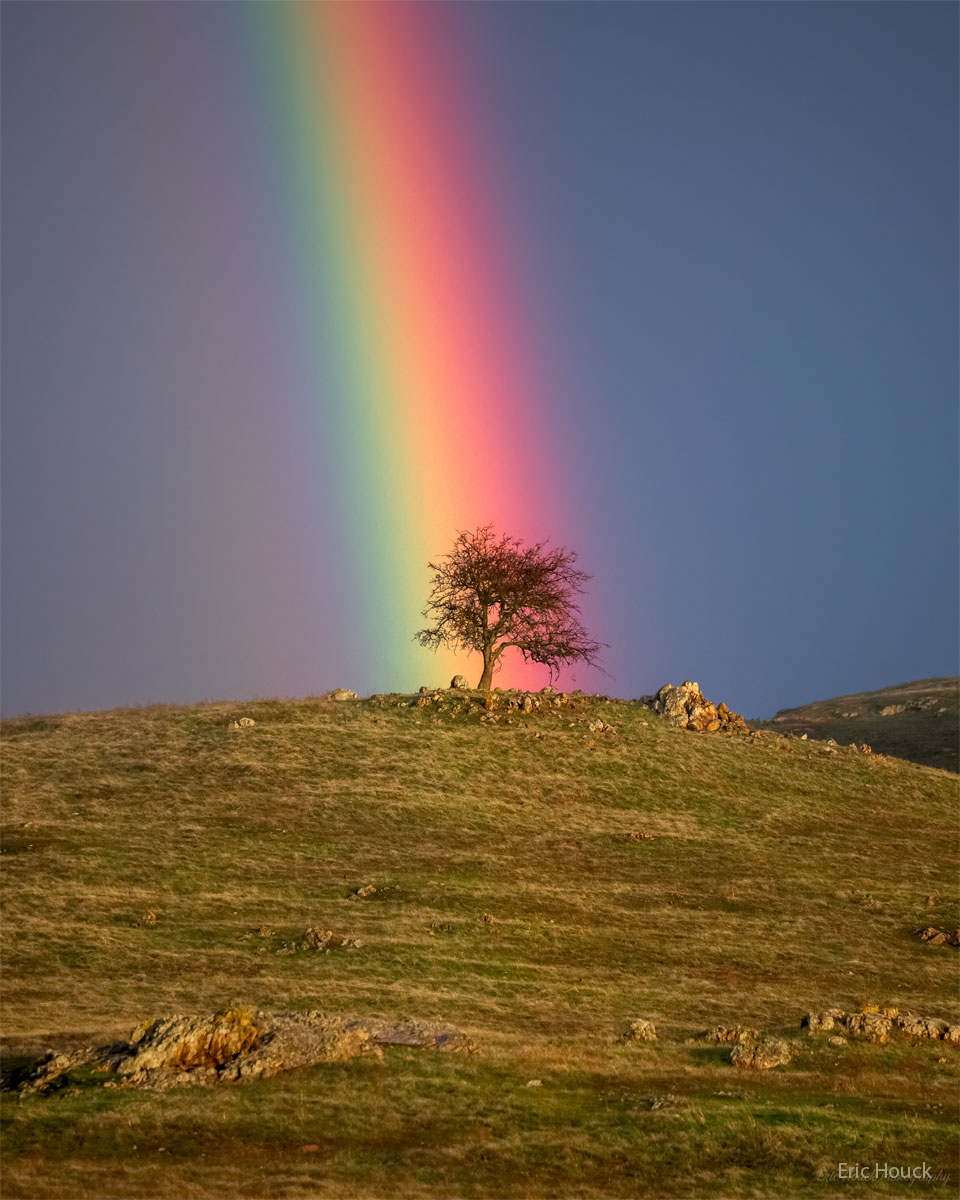
Des paléontologues sud-africains ont dévoilé la découverte d’un fossile d’une nouvelle espèce de poisson préhistorique de genre Hyneria.
Quand on pense aux eaux profondes et à leurs prédateurs, on pense généralement aux requins. Seulement voilà, 95% des océans n’ont pas encore été exploités par l’Homme alors qui sait ce qui se cache encore dans les abysses.
Si les requins trônent évidemment en haut de la chaîne alimentaire aquatique, ils font pâle figure face à leurs ancêtres et d’autres monstres marins préhistoriques.
En effet, la science a mis au jour la diversité de super prédateurs aquatiques qui vivaient durant la préhistoire, à l’image du megalodon.
Mais c’est une autre espèce de
poisson prédateur qui nous intéresse aujourd’hui avec la découverte révélée par des paléontologues sud-africains. En effet, des chercheurs de l’université Rhodes en Afrique du Sud ont découvert le
fossile d’une nouvelle espèce de poisson préhistorique de genre Hyneria.
Le Hyneria, grand rival préhistorique du requin
Ces prédateurs marins étaient dotés d’immenses dents acérées. Dans leur étude, publiée dans la revue PLOS, ils ont identifié cette nouvelle espèce, appelée Hyneria Udlezinye, à partir d’un assemblage de plusieurs fossiles issus de Waterloo Farm, une région riche en fossiles dans la province du Cap, en Afrique du Sud.
Selon eux, ce prédateur préhistorique pouvait mesurer entre deux mètres cinquante et trois mètres soixante-dix et possédait des “crocs exceptionnellement grands” au niveau de sa mâchoire inférieure.Le Hyneria Udlezinye possédait “une bouche contenant des rangées de petites dents, mais aussi une paire de grands crocs qui pouvaient probablement atteindre cinq centimètres chez les plus grands spécimens”.
Cette espèce de poisson vivait dans les océans à l’époque du Dévonien tardif, il y a environ 383 à 359 millions d’années. Il était un féroce concurrent au
requin, présent sur Terre depuis 430 millions d’années.
Demotivateur








